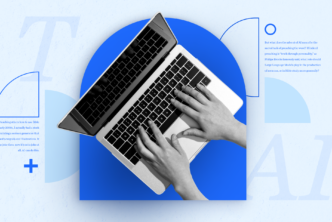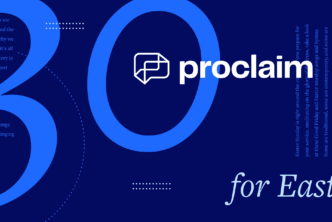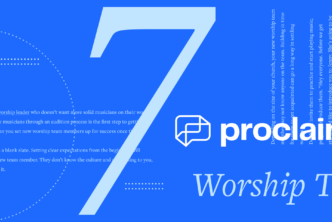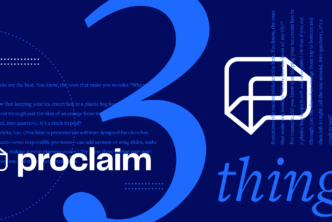Create the exact sound you want from your electric guitar with a custom pedal board. But before you start drilling holes, think through how your effects will be arranged.
Check out these from Jonathan Thomas, worship leader at Moon Valley Bible Church, as he explains how to arrange your pedals so they work together:
1. Tuners
Since your guitar plugs directly into the tuner pedal, the signal going into the tuner should be unaffected by previous effects. This pedal needs to come first so you get the most accurate reading.
2. Filters
This includes both wah pedals and envelope filters. Triggered by the electrical signal, these should be included as early as possible so they’re not affected by previous pedals.
3. Compressors
Because they can be noisy, place compressors early in the chain to cut down on the extra sound.
4. Overdrive/distortion
Overdrives are placed before modulation pedals—a modulated signal can greatly affect the overdrive as well as the over-arching sound you’re trying to create.
5. Modulation
Modulation pedals include flange, phaser, chorus, and tremolo pedals.
6. Volume
Since most of the previously mentioned pedals have volume-level controls, if the volume pedal is before them, you’ll still hear some sound when the pedal’s up. Place the volume pedal here to ensure it works properly.
7. Reverbs and delays
These should be last so that even when the volume is off, the effects can finish the echo smoothly without an abrupt ending. They can also negatively affect your overdrive pedals if placed in front of them.




